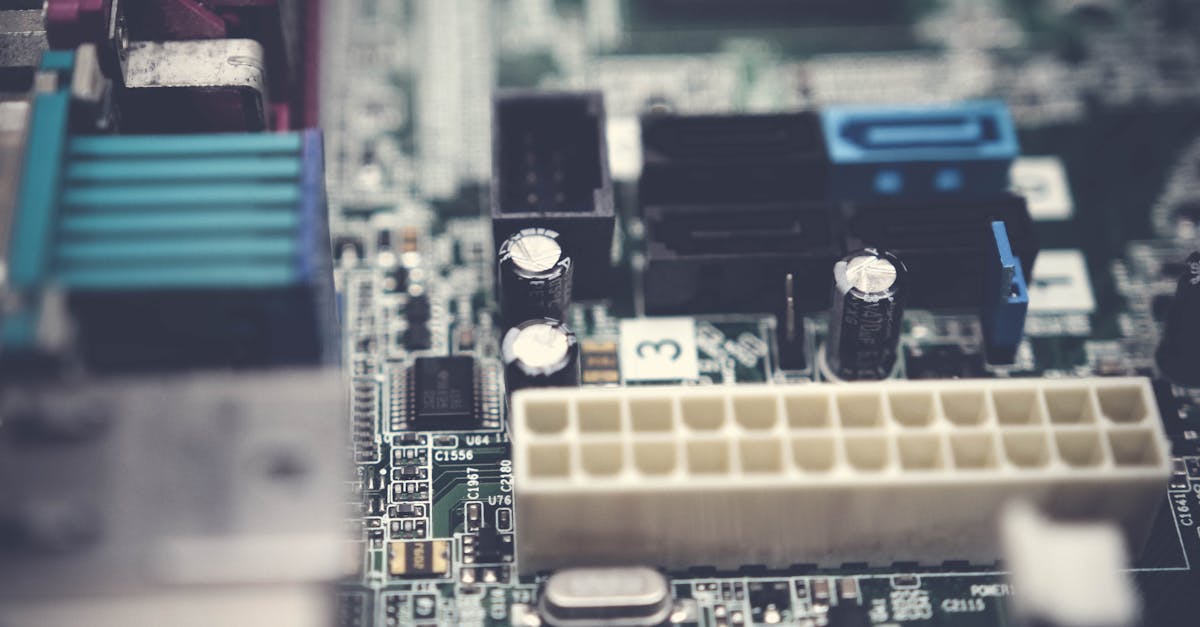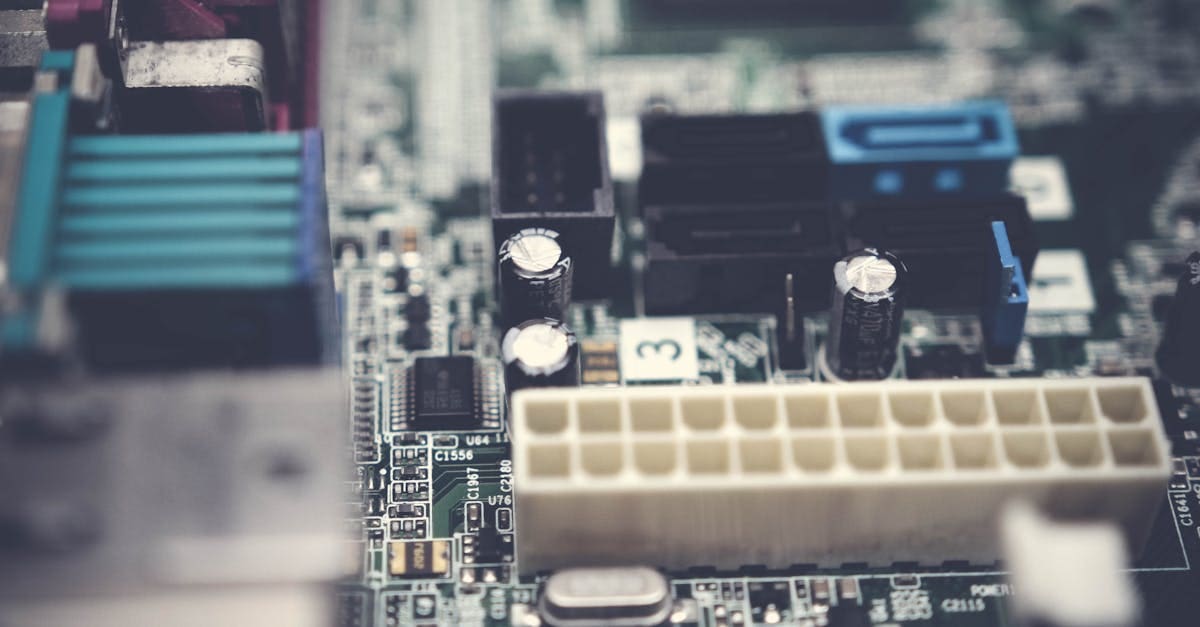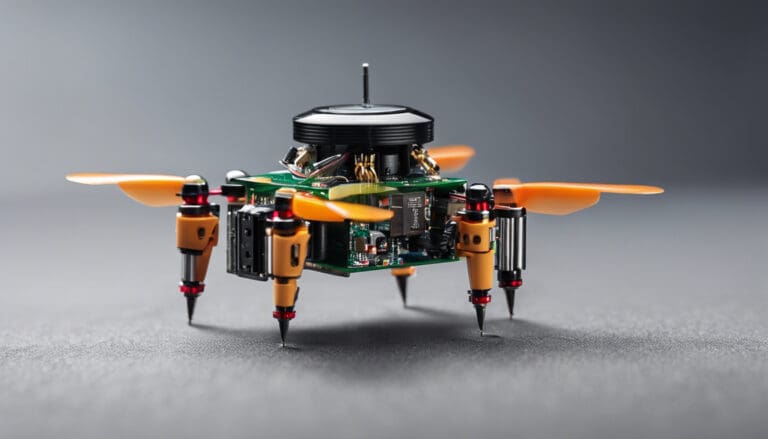The Beginner’s Guide to Brain-Computer Interfaces
You might think brain-computer interfaces sound like science fiction, but they’re helping people right now. I’ve watched this technology transform from research labs into real-world solutions that change lives. Did you know the BCI market is expected to triple from $2 billion in 2023 to $6.2 billion by 2030? That growth reflects how these systems create direct communication between your brain’s electrical activity and external devices.
I understand the technology can seem overwhelming at first. However, the basic concept is simple: sensors detect patterns in your brain activity, computers process those signals, and applications translate your thoughts into actions. You don’t need surgery for many applications. Non-invasive headsets safely measure brain signals through your scalp. These systems help people with paralysis control wheelchairs, operate prosthetic limbs, and communicate at speeds up to 62 words per minute.
Ready to discover how this technology could impact your world? I’ll walk you through everything you need to know about neural prosthetics, motor function restoration, and the exciting applications transforming healthcare and beyond.

In the article
- Understanding Brain-Computer Interfaces and Their Basic Functions
- Real-World Applications and Future Possibilities
Understanding Brain-Computer Interfaces and Their Basic Functions
I want to share something amazing with you. Brain-computer interfaces work by reading the electrical conversations happening inside your head right now. These systems create a direct bridge between your thoughts and external devices.
Your brain contains millions of cells called neurons. These neurons communicate through electrical impulses that travel at incredible speeds. When you think about moving your hand, your brain generates specific patterns of electrical activity.
How Brain-Computer Interfaces Capture and Process Neural Signals
I find it fascinating how these systems detect your brain’s electrical chatter. Brain signals travel through neurons as tiny voltage spikes that happen thousands of times per second. Electrodes placed near your neural conversations can pick up these electrical patterns.
The technology uses sophisticated algorithms to make sense of your brain’s language. Machine learning programs analyze the electrical patterns and translate them into commands that computers can understand. This process happens almost instantly, allowing real-time control of external devices.
Modern systems can distinguish between different types of thoughts. For example, thinking about moving your left hand creates different patterns than imagining your right hand moving. The computer learns these unique signatures and responds accordingly.
Types of Neural Implants and Detection Methods
I need to explain the two main approaches to reading brain activity. Invasive neural implants require surgical placement directly into your brain tissue. These devices offer the highest accuracy but involve medical procedures.
Non-invasive methods use headsets with sensors that sit on your scalp. These systems detect brain activity through your skull using electroencephalography technology. They’re safer and easier to use but provide less precise readings.
Each method serves different purposes and user needs. Invasive systems work best for people with severe paralysis who need precise control. Non-invasive devices suit gaming, meditation, and basic communication applications.
Key Applications in Medical and Everyday Settings
The medical applications continue to amaze me every day. Paralysis treatment helps patients control robotic limbs directly through their thoughts. People with spinal cord injuries can operate wheelchairs, computers, and communication devices.
I’ve seen patients type up to 62 words per minute using only their brain signals. This technology gives voice to people who cannot speak and mobility to those who cannot move. The impact on quality of life is tremendous.
Beyond medicine, these systems expand into gaming and virtual reality. Gaming applications allow users to control characters through mental commands rather than traditional controllers. This opens new possibilities for entertainment and interaction.

Real-World Applications and Future Possibilities
I believe neurotechnology represents one of the most significant advances in modern medicine. These systems transform how we approach disability, rehabilitation, and human-computer interaction in ways I never imagined possible.
Motor Function Restoration Through Brain-Computer Interfaces
Let me tell you about the incredible progress in restoration therapy. AI rehabilitation programs adapt to individual patient needs, learning from each person’s unique brain patterns. This personalized approach improves outcomes significantly.
Neural prosthetics replace lost limb functionality with remarkable effectiveness. Patients can control robotic arms, hands, and legs through direct neural commands. The prosthetics respond to thoughts about movement, bypassing damaged spinal pathways.
I’m particularly impressed by the speed improvements in communication. Patients achieve typing speeds that rival healthy individuals using traditional keyboards. This breakthrough enables real-time conversations and independent computer use.
Market Growth and Leading Companies
The industry growth statistics tell an exciting story. BCI market grows from $2 billion in 2023 to an expected $6.2 billion by 2030. This tripling of market value reflects increasing investment and adoption.
Neuralink leads the field with coin-sized chips implanted in quadriplegia patients. These devices demonstrate the potential for seamless brain-computer communication. Early results show patients controlling computers and playing games through thought alone.
Precision Neuroscience received FDA clearance for reversible brain chips in April 2025. Major investments drive technological advancement and make these systems more accessible to patients worldwide.
Current Challenges and Limitations
I must address the significant hurdles facing this technology. Individual brain differences cause 15-30% of people to experience BCI illiteracy. Not everyone’s brain produces signals that current systems can reliably decode.
Time-variant brain dynamics create reliability and consistency issues. Your brain activity changes throughout the day based on fatigue, attention, and emotional state. These fluctuations affect system performance and require constant calibration.
Regulatory approval processes slow widespread technology adoption. Each new device must undergo extensive testing and review before reaching patients. This necessary safety step delays life-changing treatments for those who need them most.
Future Developments and Opportunities
The future holds incredible promise for Brain-computer interfaces. Transfer learning reduces training requirements for new users by applying knowledge from previous patients. This advancement speeds up system setup and improves initial performance.
Inter-subject systems improve generalization across different brains. Instead of training each system individually, future devices will work effectively for multiple users with minimal customization. This approach makes the technology more practical and affordable.
Enhanced accuracy benefits children with physical disabilities significantly. As systems become more reliable and easier to use, younger patients gain access to communication and mobility tools that support their development and education.
Your Journey Into Neural Technology Starts Now
I believe you now understand how these neural devices can transform lives. You see how they help people with paralysis control robotic arms and communicate through thought alone. These systems bridge the gap between your brain and the digital world. They offer hope for millions facing physical challenges.
Start by learning more about the different types available today. Research non-invasive options like EEG headsets if you want to explore this technology safely. However, talk to healthcare professionals if you have specific medical needs. They can guide you toward the right solutions for your situation.
Take the first step and explore this amazing field further. Your interest today could lead to better understanding tomorrow. The future of neural technology depends on people like you staying curious and informed.







